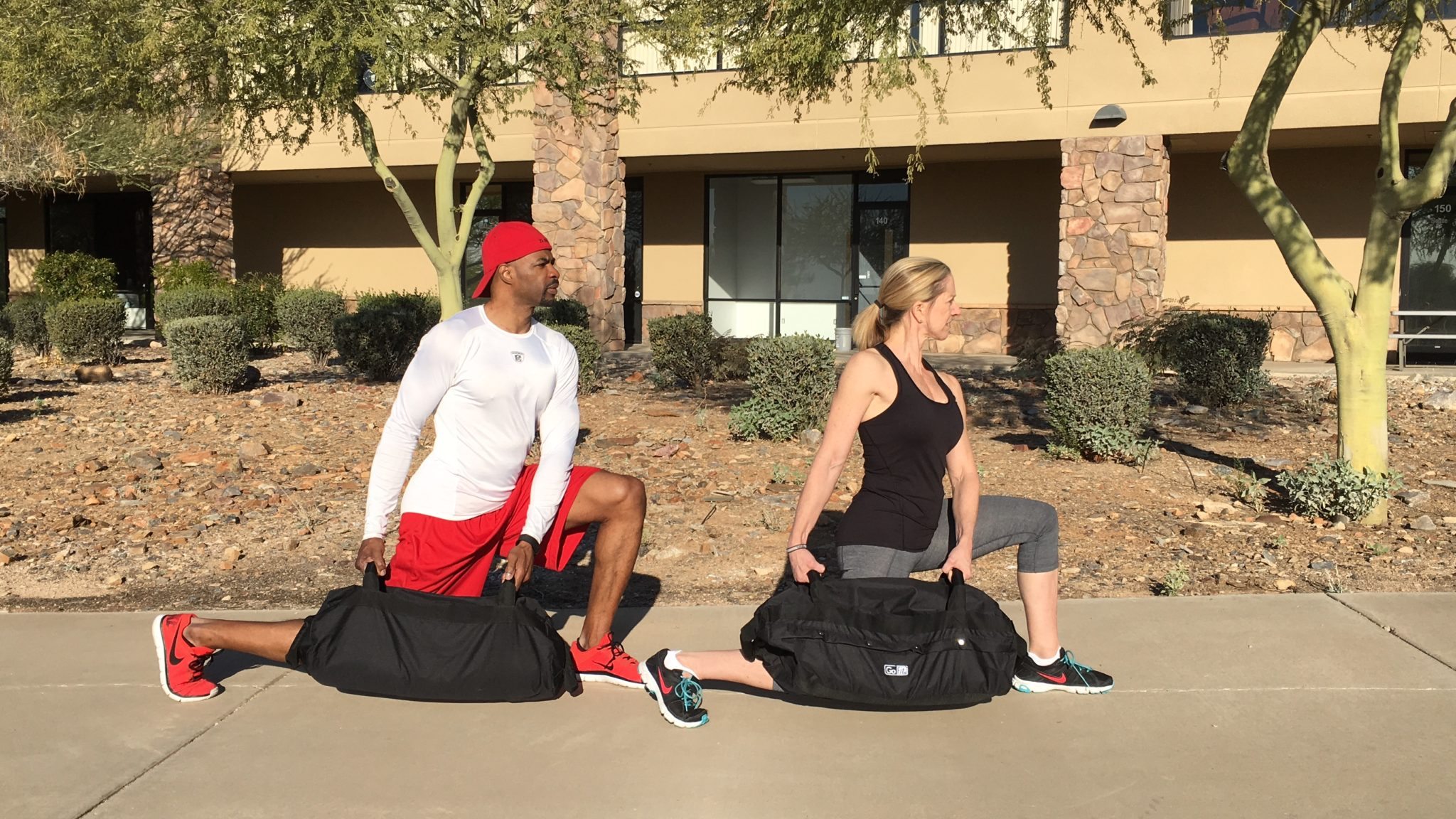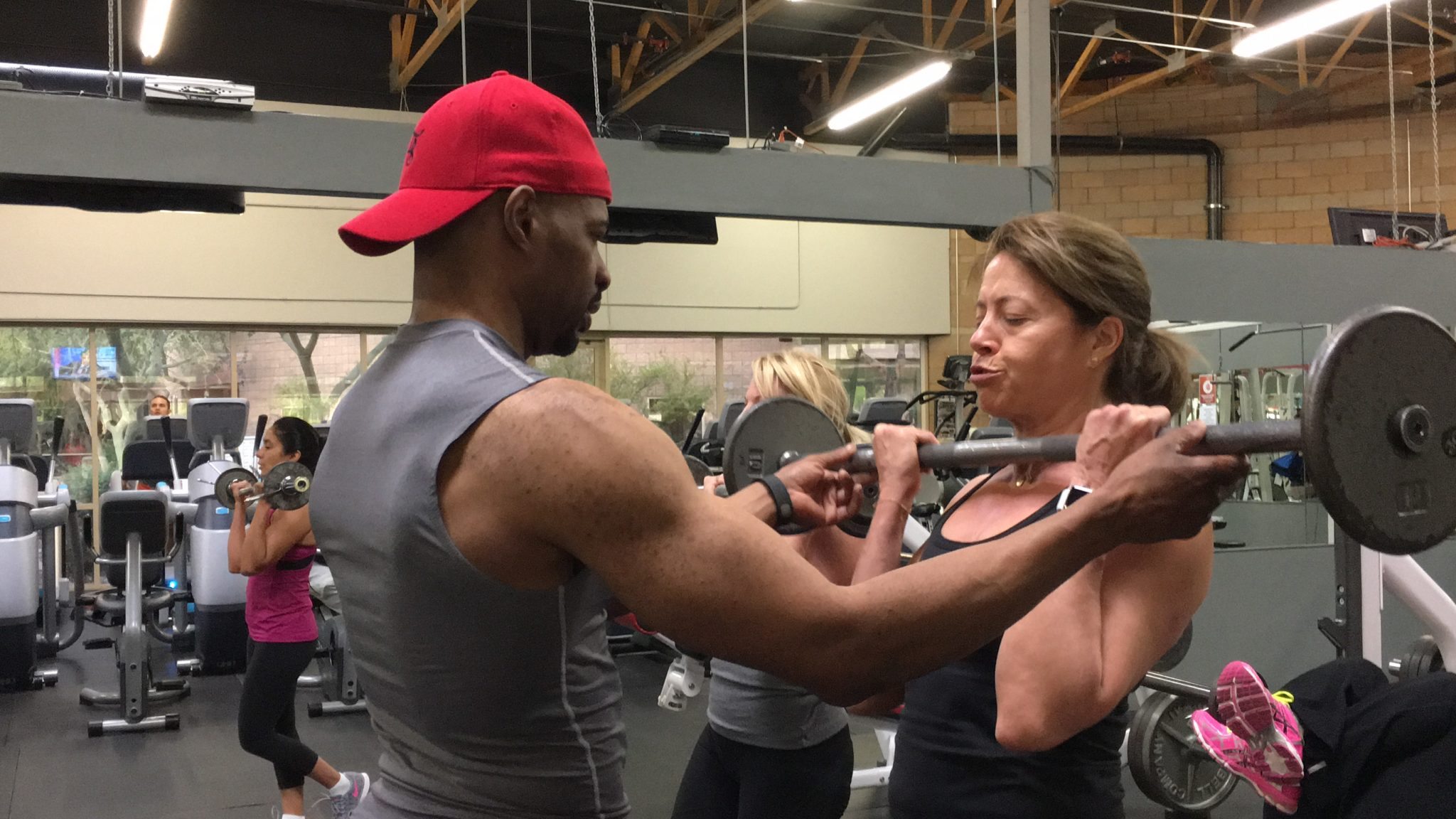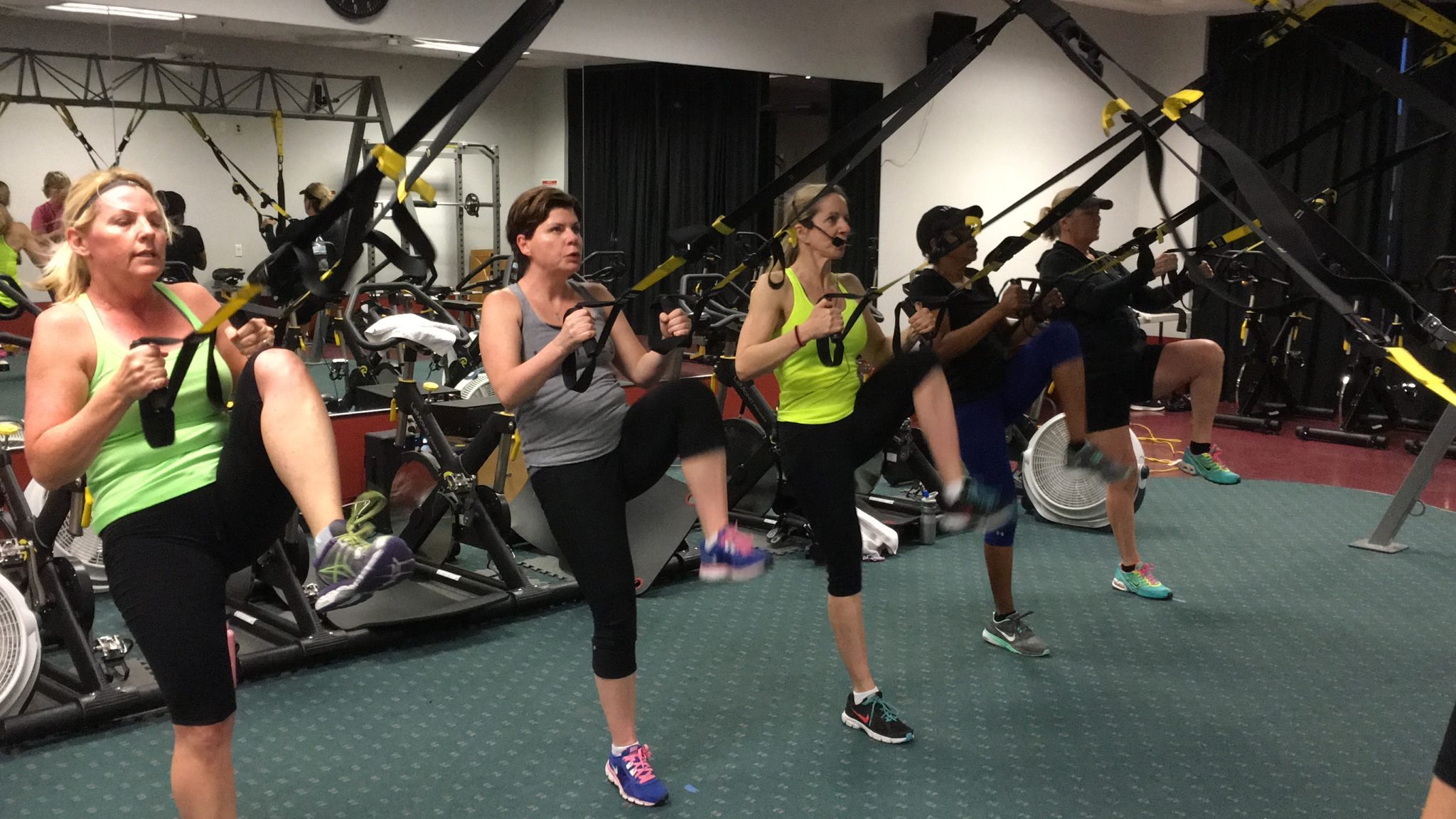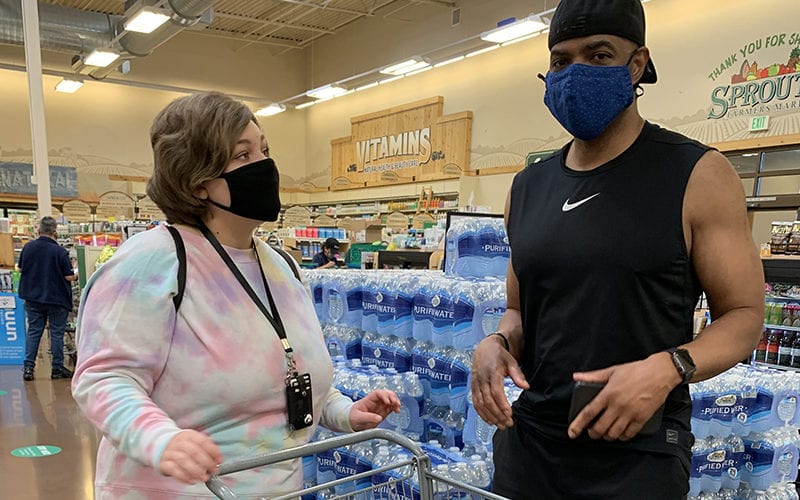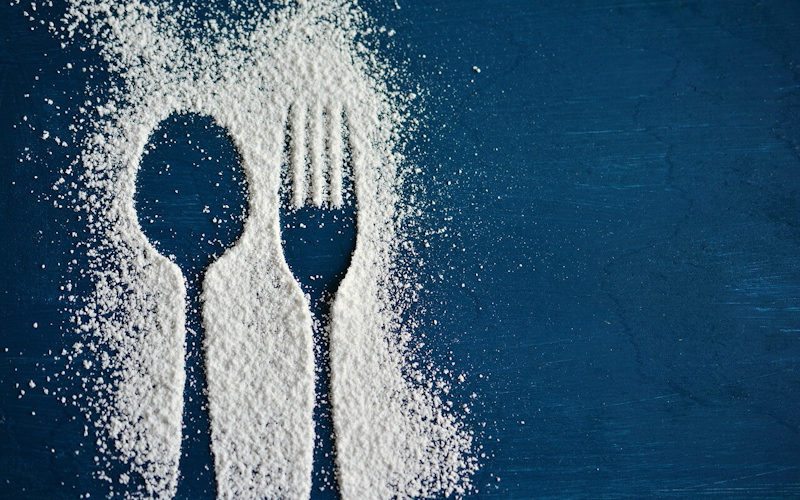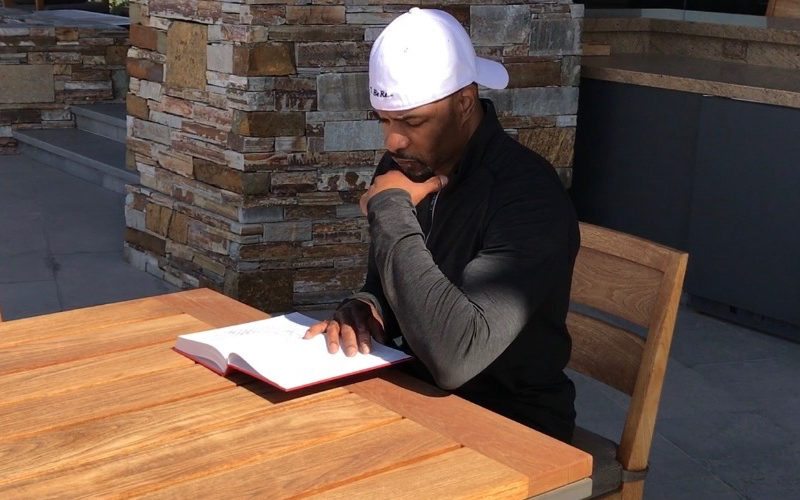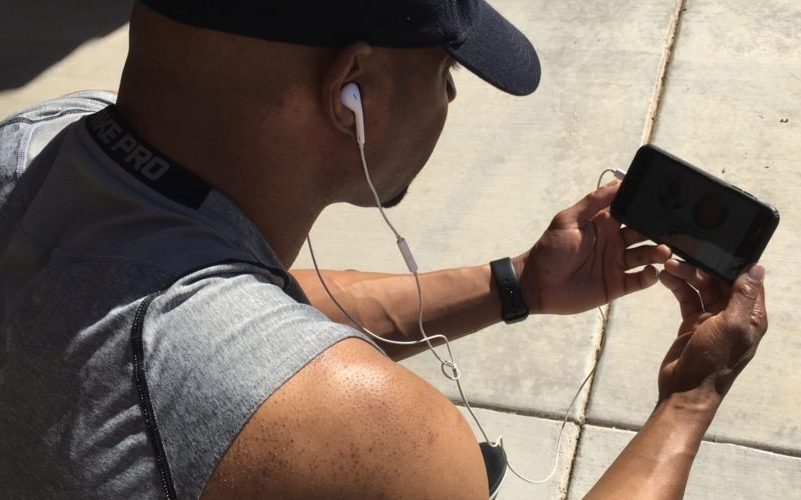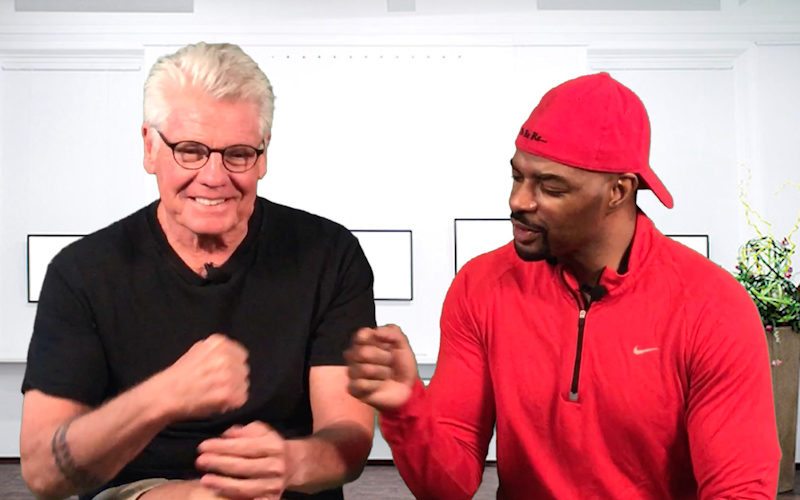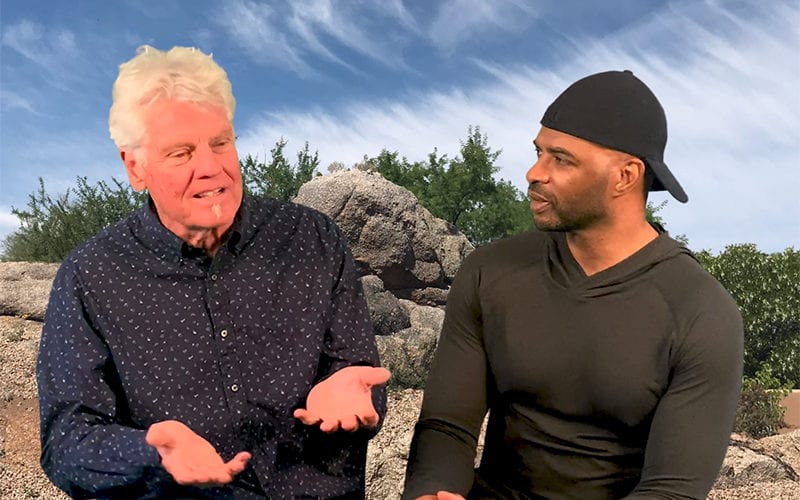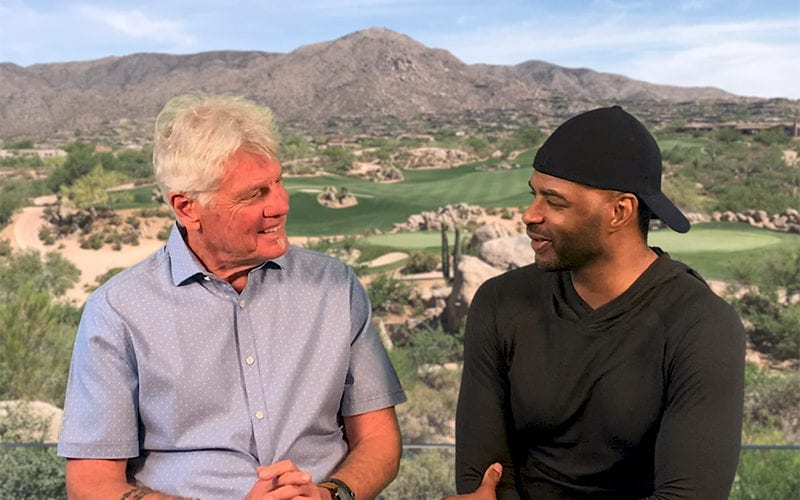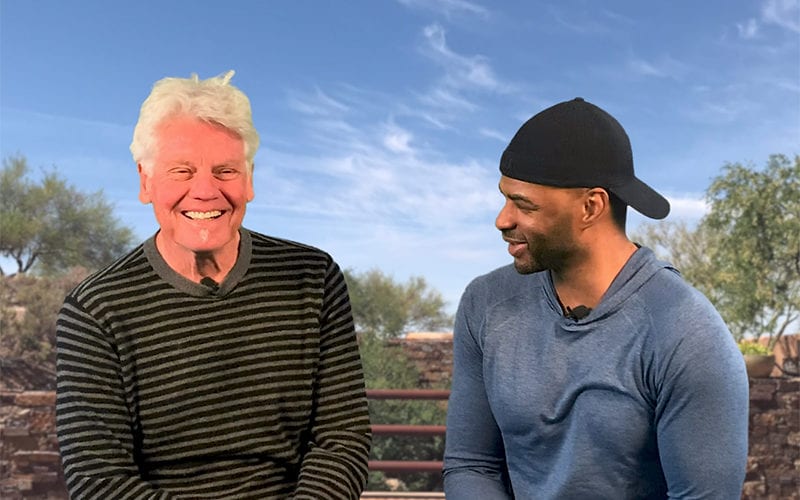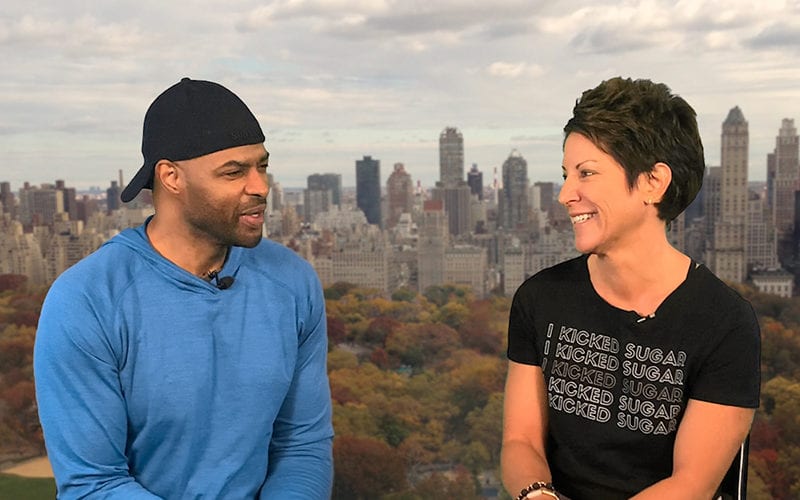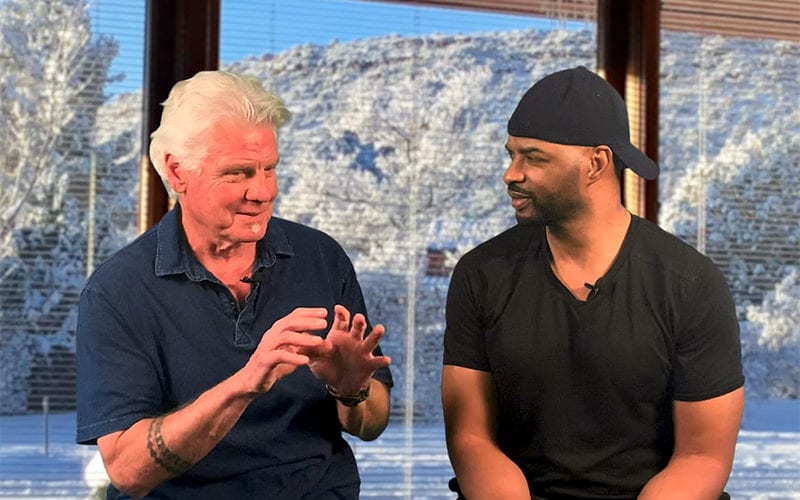My Bone Density Testimonial
I am 55 years old and feel like I am in the best shape of my life. It’s always great to receive news that validates how you’re feeling. Recently I went to the doctor for a check-up. A few days later I was called with the results. I was told, “Great news – your bone density has increased! Anything over 4% is considered significant. Amy, yours has increased 5%. Keep doing what you’re doing.”
According to the Centers for Disease Control and Prevention, as we age, our bones constantly grow and rebuild. In our early years, bone rebuilding outpaces bone loss, so bones grow larger and denser. Bones grow at the fastest pace during adolescence and reach peak bone mass at around age 20 to 30. Then, through the natural aging process, bone loss begins to outpace bone rebuilding. Bone loss speeds up in women after menopause, as estrogen, a hormone that helps protect bones, decreases. I have been post menopausal for almost 5 years.
Osteoporosis, a bone condition that literally means “porous bones,” occurs when the rate of bone loss is greater than that of bone rebuilding, causing thin and brittle bones that break easily. Researchers estimate that 30 percent of women over 65 have osteoporosis, though far fewer women have been diagnosed with the condition.
Doctors screen for osteoporosis using a bone-density test. The result is expressed as a T-score, which shows how much a patient’s bone mass deviates from the average bone mass of a healthy adult. The National Osteoporosis Foundation (NOF) says that a normal T-score is between +1.0 and –1.0. A T-score of less than –2.5 at the femoral neck or spine is typically considered to be within the range of osteoporosis.
Even though bone rebuilding naturally slows as we age, regular weight-bearing and resistance exercise can increase rebuilding. Exercise causes the muscle to contract against the bone. This action stresses or stimulates the bone, spurring the bone to become stronger and denser. Miriam Nelson, PhD, director of the John Hancock Research Center on Physical Activity, Nutrition, and Obesity Prevention conducted a study that was game changing in the way we think about bone loss and the potential for rebuilding. Most people thought that you got to 35 and then experienced only bone loss, but this study showed that women in their fifties who have been sedentary can gain bone density. “Bone adapts to novel forces,” she says, “so if you start doing something very different, the bone adapts. Just like our bodies are very adaptable, so the bones adapt when you start doing something different.”
The key to bone strengthening is stimulating the bone with weight-bearing or resistance exercises. This could include weight lifting in a gym or exercises involving lifting a person’s own body weight, such as pull-ups or push-ups.
Not all exercise strengthens bones. Swimming and bicycling do not have the same bone-strengthening benefits as running and tennis because they do not put stress on the bones.
What do I do? I practice daily good nutrition eating calcium-rich foods that ensure I’m meeting the recommended daily allowance of calcium and Vitamin D. I exercise 5 to 6 days a week, of which 2 of those days are resistance training with free weights. I also do TRX exercises that use your own body weight as resistance. I vary my workout routine and I’m constantly looking for new and different exercises.
Some of the risk factors of osteoporosis include: menopause, family history of broken bones, drinking, smoking, dietary habits (including calcium and vitamin D intake), exercise and whether you take any medications that may cause bone loss.
Become stronger today. Eat calcium-rich foods and make sure you’re getting enough Vitamin D3. Move your body. Pick up some weights and vary your workout. It’s never too late to improve your bone density and your health.
Be strong, Amy
Load Comments


